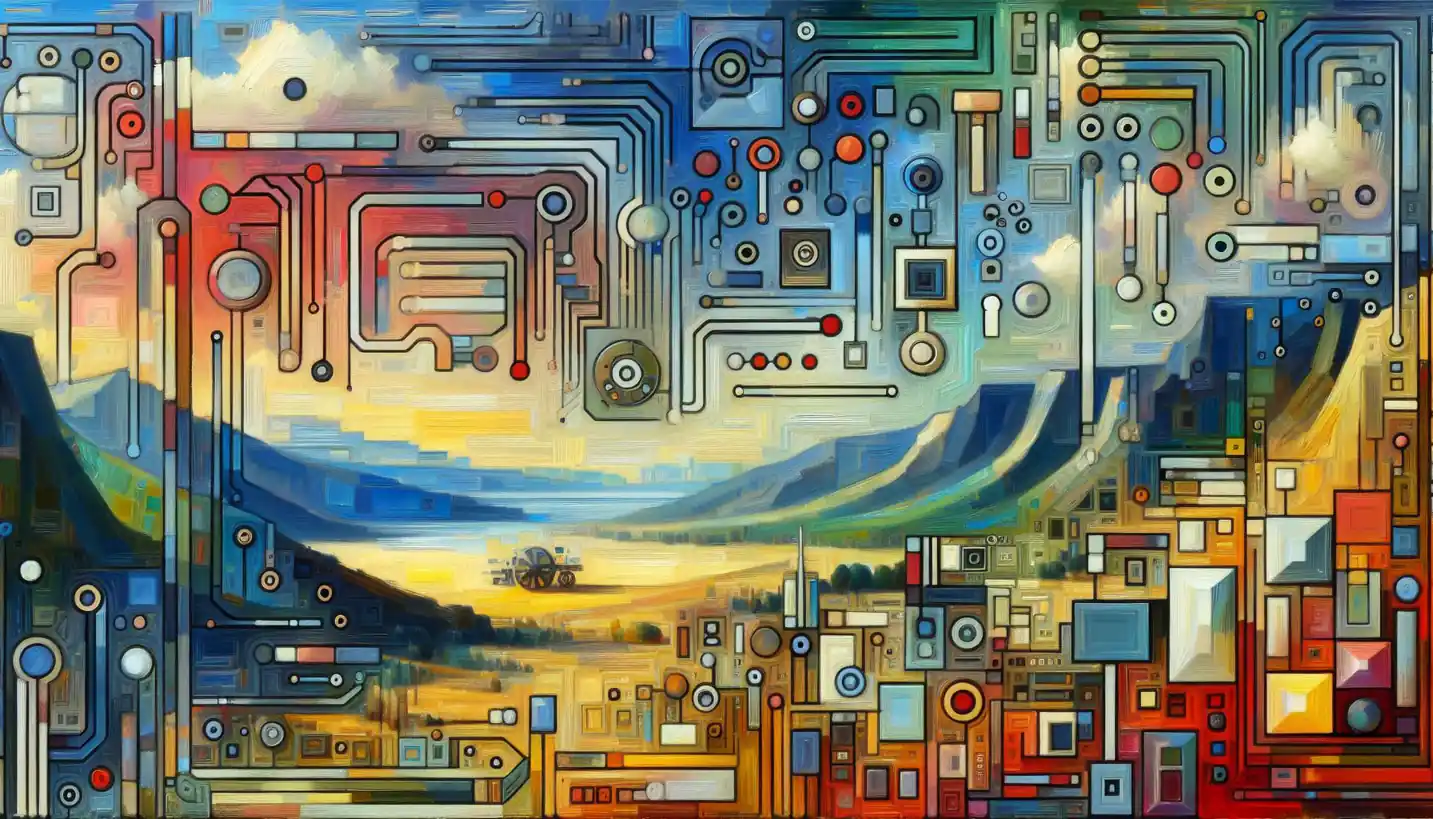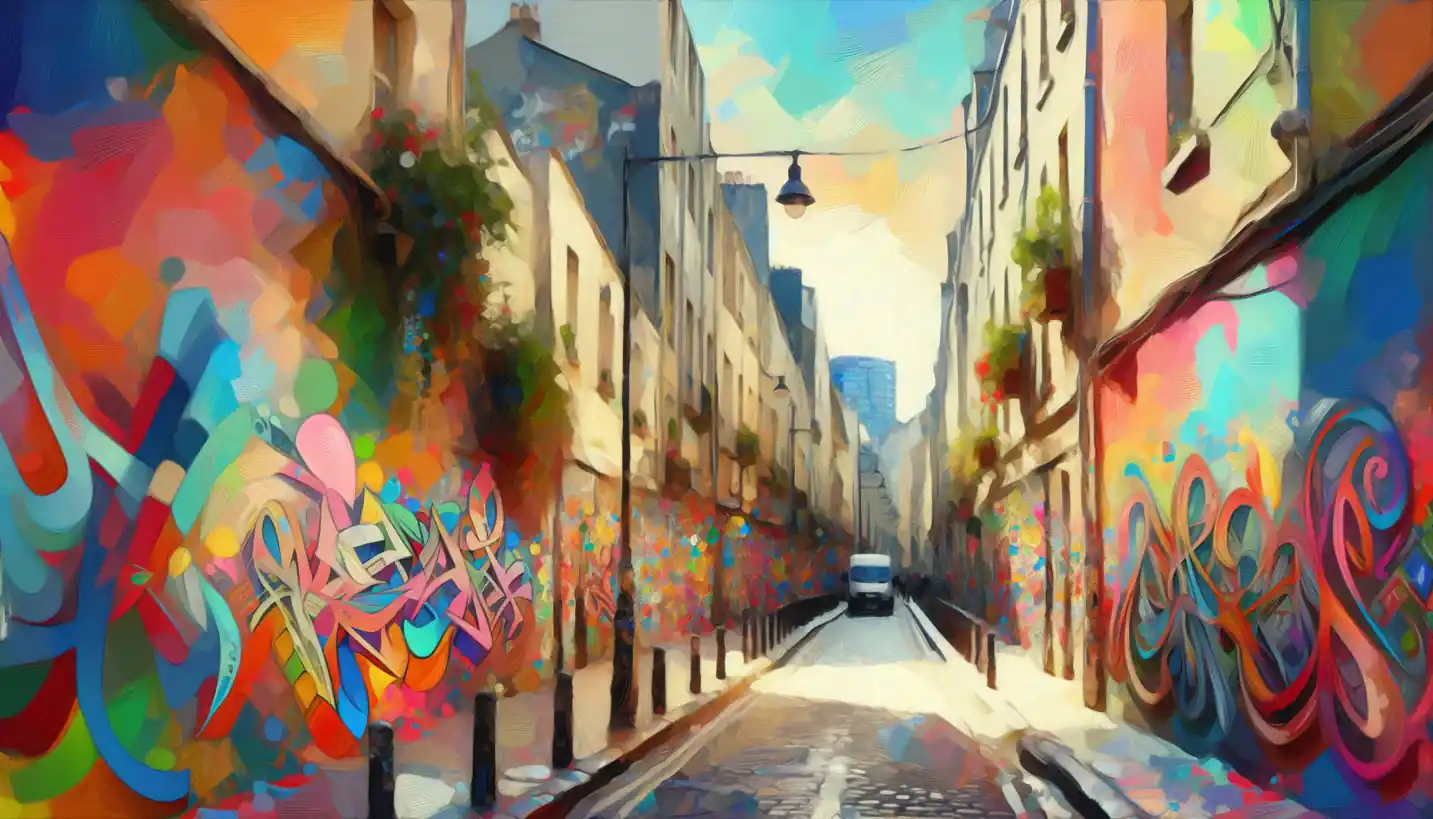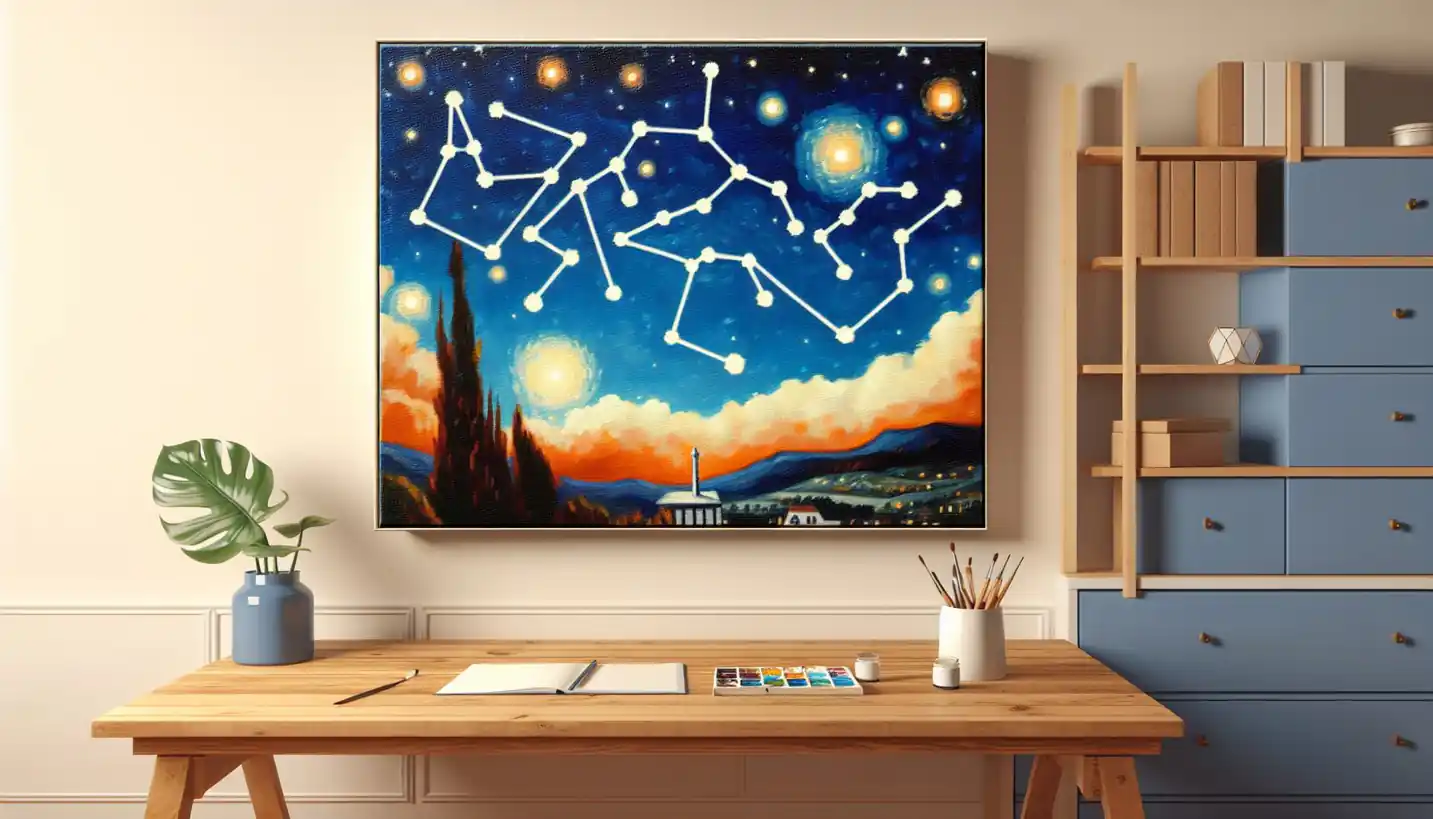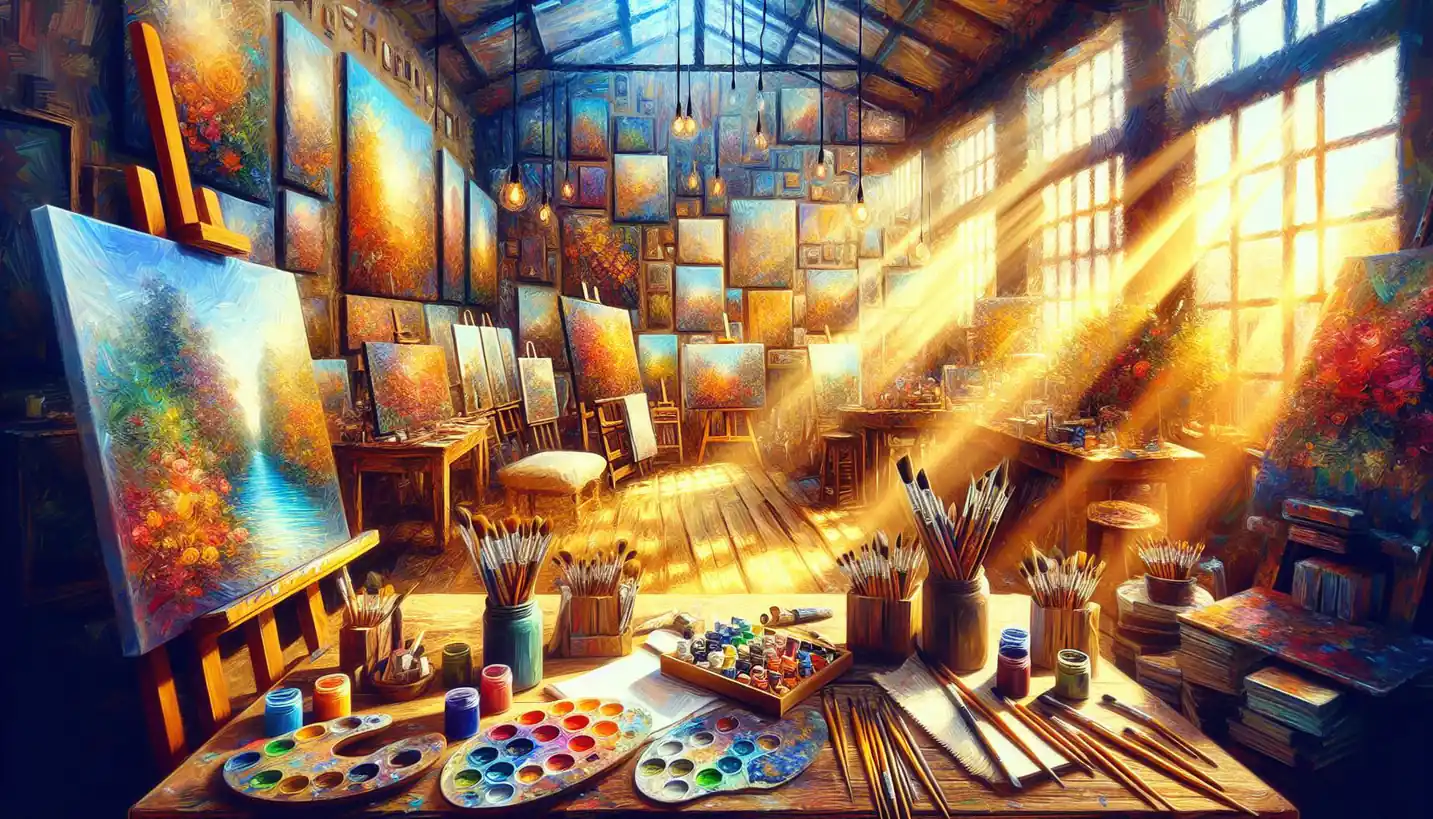· Art · 4 min read
Scumbling in Painting: The Magic Touch of a Masterpiece
Scumbling in Painting: The Magic Touch of a Masterpiece | Understand how scumbling adds texture and depth to paintings, creating magical effects. It's a technique that brings art to life.

When you first learn about painting techniques, the term “scumbling” might sound a bit mysterious. But don’t worry, by the end of this piece, you’ll not only know what it is but also appreciate its enchanting effect on artwork.
To start with, scumbling is a clever painting technique that’s been used by artists for centuries. It’s like adding a soft-focus filter to your photos, but for paintings. Essentially, it involves applying a thin, often dry or semi-dry, layer of opaque or semi-opaque paint over an already painted surface. This new layer allows some of the colors underneath to peek through, creating a dreamy, diffused effect. It’s a bit like when sunlight filters through a sheer curtain, softening and blending everything it touches.
The Artful Dance of Colors
Picture an artist in their studio, surrounded by canvases and brushes of all sizes. They’ve painted their canvas, but something’s missing — a touch of mystery or depth. This is where scumbling comes in. By gently brushing a lighter, sometimes rough layer over parts of their work, artists can soften harsh lines, mute bold colors, and introduce a sense of unity across their piece.
In the hands of a skilled painter, scumbling can turn a flat surface into a lively, textured masterpiece. Artists often choose colors like whites, light blues, or even muted pastels for the scumbling layer, which adds a sense of airiness and movement to the scene.
A Quick Dive into History
Famous painters have long relied on scumbling to enhance their works, including legends like Rembrandt and Turner. In the 17th century, the Old Masters used scumbling to breathe life and light into their oil paintings. They mastered the balance, creating contrasts and highlights that made their subjects seem almost real enough to step off the canvas.
Turner, known for his dramatic landscapes and seascapes, used scumbling to capture the misty, atmospheric quality of the English weather. With this technique, he was able to depict the interplay of light and clouds in a way that was both realistic and romantic.
Why Scumbling Still Matters Today
So, you might wonder, why does this old technique still matter in our digital age? Well, the magic of scumbling lies in its ability to introduce texture and emotion into a piece. Unlike the crisp, clean lines of digital art, scumbling offers a more organic, tactile experience. It can make a painting feel alive, as if it’s breathing with the viewer.
For modern artists, mastering scumbling is like gaining a secret tool in their artistic toolbox. It allows them to experiment with layers, textures, and depths, bringing unique depth to their works. Even in abstract art, scumbling can add intriguing layers that invite viewers to explore more closely.
How to Try Scumbling at Home
Curious about trying scumbling yourself? Grab your brushes and paints, and let’s explore!
First, prepare your painting surface. Since scumbling works best on dry layers, you might want to have an underpainting or an earlier dried layer ready. Choose a shade that’s a few tones lighter than the underlying layer for your scumbling color.
Next, take a dry brush—an old, stiff brush works well—and lightly cover it with paint. Gently drag or flick the brush over your canvas. Remember, it’s about subtlety. You’re aiming to let the background colors glow through in spots.
The key is to keep it playful and light. Don’t overload your brush, and work in small sections. Sometimes, using a circular motion can create a more harmonious blend.
More Than Just a Technique
Scumbling isn’t just a mechanical process; it’s an expressive tool that can convey feelings and moods. Imagine a landscape painting where sunlight breaks through clouds, illuminating a meadow. The scumbled areas could perfectly capture that fleeting moment.
For portraits, scumbling can bring warmth and life to skin tones or add a sparkle to eyes. The subtle layering can hint at emotions and stories beneath the surface, engaging viewers and drawing them in.
Expanding Your Artistic Horizons
While scumbling is a fascinating technique on its own, it also plays well with others. Artists often combine it with glazing, where thin, transparent layers of paint are used to build up color richness. This combination can create complex images that shift and change with the light, much like the real world.
Final Thoughts
So, whether you’re an aspiring artist or simply an art lover, understanding scumbling opens a window into the painter’s creative process. It’s a reminder that even small, delicate touches can transform how we perceive and experience art.
The next time you stand before a painting, take a closer look. You might just spot the telltale signs of scumbling—the subtle wisps of color that breathe life into the art, marrying past and present layers into a beautiful whole. It’s a testament to the enduring magic of this classic technique, proving that the old ways still hold the power to enchant and inspire us today.


